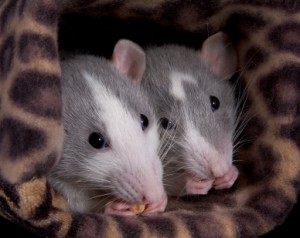

Rats eat some of their own feces to get needed vitamins. This isn’t some strange form of exercise it refers to eating feces. A change of more than about 10 percent, up or down, usually warrants a call to your rat-savvy veterinarian for advice. Weekly weigh-ins allow you to monitor your pet’s weight. This is where a gram scale can be a best friend for your rats and you. It’s possible for healthy rats to fall outside these ranges, but maintaining a steady weight is key for adults. Although rats might eat a human-sized treat portion given the chance, they should not be permitted to eat that much.Īdult males typically weight 267 to 500 grams, while females weigh 225 to 325 grams. While pellets/blocks are free-fed, offer only rat-sized portions for all other foods. The other 10 percent should be fresh vegetables and fruit, with occasional healthy treats. Formulated pellets or lab blocks should make up about 90 percent of a healthy, adult rat’s diet. Obesity is a special concern for pet rats, as it’s a common health problem for them. Choose a food bowl that attaches to the cage or is heavy to prevent or minimize it being moved around by your rats. Any spoiled or soiled food must always be removed (don’t forget to check for stashes!). During cage cleaning, don’t be surprised to find food stashes. This means that food disappearing from the food dish isn’t necessarily eaten, at least not right away. Rats are rodents, so it’s instinctive for them to hide their food. Formulated diets like the pellets/blocks have balanced nutrition in every bite. If your rats pick through the mix and only eat a few of the ingredients, they won’t receive balanced nutrition. For rats to receive balanced nutrition from these, they must eat all of the ingredients. Mixed diets of seeds, grains, and other ingredients are also available. Keep several pellets/blocks in the food dish at all times so that your rats can eat whenever they wish. Young, old, or ill rats have different nutrition requirements, so consult your rat-savvy veterinarian. Some experts advise that soybeans are a must-have ingredient and corn is undesirable. Another good option is Rascally Rat Nutri-Berries. Choose one specifically formulated for rats. Large pellets or lab blocks make a good base diet. When choosing the main food for your healthy, adult pet rats, look for one that is 14 to 16 percent protein and has fat at 8 percent or less (lower is better). Caring owners provide pet rats a balanced diet. Luckily, pet rats don’t need to wonder where and when they’ll find their next meal. Around people, the diet of wild rats can take strange twists, with Pizza Rat possibly being the most memorable in recent years.

In the wild, rats generally eat seeds, grains, fruits, insects, and other items.

Put simply, this means they eat both plants and animals for food. What do you need to know about feeding these furry family members? What foods help rats thrive, and what are no-no foods? Basic Rat NutritionĬlassification rules when considering what to feed a pet rat. Proteins, carbohydrates, fats, omega 3 and 6, cholesterol, sodium - these days different nutrients are praised or criticized on and off in human nutrition. Rats are omnivores, but that doesn’t mean then can eat anything.


 0 kommentar(er)
0 kommentar(er)
